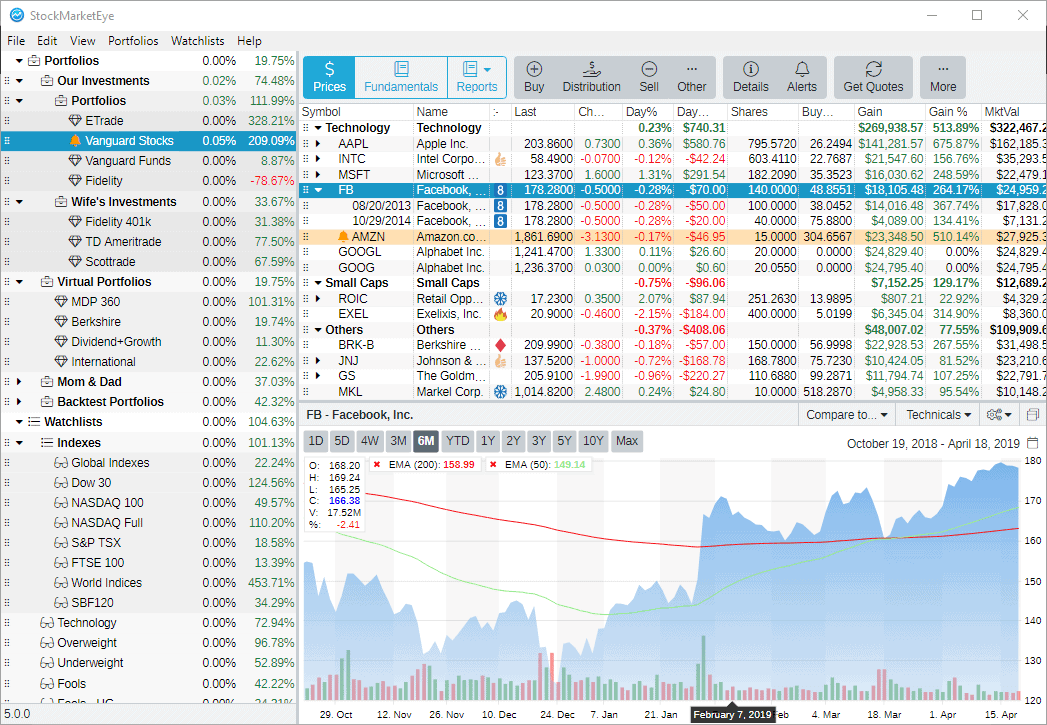
Financial planners have used this 4 rule for decades to estimate safe retirement spending amounts. But its inventor says current market conditions make it harder to make accurate forecasts. The inflation rate currently hovers at 8.5%, and the stock and bond market are highly valued making it harder to make accurate predictions about future returns.
4% rule
The 4% rule provides a solid starting point for retirement planning. This formula doesn't necessarily require that you invest all your money on stocks. However it can help to calculate your desired retirement income. Keep in mind that the 4 per cent rule assumes that your portfolio contains a 50/50 mix between stocks and bonds. This may not always be true, as risk tolerance is different for each individual.

Another problem is the assumption of a constant annual rate of return for the 4% rule. The stock market is not always on the rise so this assumption is unrealistic. Your retirement funds might not grow as much you would like. Morningstar researchers suggest that the 4% rule be raised to 3.3% by Morningstar, which would make it more realistic for retirees.
The disadvantages associated with the 4% rule
The 4% Rule may not be the best method for retirement savings as it doesn't account for changes to spending patterns. The first years of retirement are when retirees spend more money on hobbies, travel, and other activities. Their spending drops in the middle of their lives and then increases as they get older due to expensive healthcare expenses. These lifestyle changes are not taken into account by the four rule, which limits taxpayers' ability to withdraw money from retirement accounts.
This rule is obsolete and does not account for market conditions. A recession might mean that you need to reduce withdrawals. On the other hand, good markets may allow you to withdraw more money.
Alternatives to the 4% rule
If you are looking for a conservative way to invest in retirement, you might want to look into alternatives to the standard 4% rule. Although the original purpose of the 4% rule was to include market volatility, it is a flawed strategy today. Instead of being conservative, it advocates aggressive asset allocation. This is usually 50-75% stocks.

As an example, you could withdraw 7% the first year instead of 4%. This strategy doesn't consider the changing market. That means that your withdrawals during a downturn will be lower than your withdrawals during a good market. Your portfolio may not be able to last 30 years under the 4% rule. However, this 30-year time frame is still considered reasonable. The 4% rule does not take into consideration the performance of your portfolio on the market.
FAQ
What Are Some Of The Benefits Of Having A Financial Planner?
A financial plan gives you a clear path to follow. You won't be left guessing as to what's going to happen next.
This gives you the peace of mind that you have a plan for dealing with any unexpected circumstances.
A financial plan can help you better manage your debt. Knowing your debts is key to understanding how much you owe. Also, knowing what you can pay back will make it easier for you to manage your finances.
Your financial plan will help you protect your assets.
What is estate planning?
Estate planning is the process of creating an estate plan that includes documents like wills, trusts and powers of attorney. These documents will ensure that your assets are managed after your death.
How To Choose An Investment Advisor
The process of choosing an investment advisor is similar that selecting a financial planer. You should consider two factors: fees and experience.
The advisor's experience is the amount of time they have been in the industry.
Fees are the cost of providing the service. These costs should be compared to the potential returns.
It's important to find an advisor who understands your situation and offers a package that suits you.
How Does Wealth Management Work?
Wealth Management allows you to work with a professional to help you set goals, allocate resources and track progress towards reaching them.
Wealth managers can help you reach your goals and plan for the future so that you are not caught off guard by unanticipated events.
They can also be a way to avoid costly mistakes.
Who Should Use A Wealth Manager?
Everybody who desires to build wealth must be aware of the risks.
New investors might not grasp the concept of risk. Poor investment decisions could result in them losing their money.
Even those who have already been wealthy, the same applies. Some people may feel they have enough money for a long life. However, this is not always the case and they can lose everything if you aren't careful.
Every person must consider their personal circumstances before deciding whether or not to use a wealth manager.
How important is it to manage your wealth?
First, you must take control over your money. You must understand what you have, where it is going, and how much it costs.
You should also know how much you're saving for retirement and what your emergency fund is.
If you don't do this, then you may end up spending all your savings on unplanned expenses such as unexpected medical bills and car repairs.
What is risk-management in investment management?
Risk management is the act of assessing and mitigating potential losses. It involves monitoring, analyzing, and controlling the risks.
Any investment strategy must incorporate risk management. The goal of risk-management is to minimize the possibility of loss and maximize the return on investment.
The key elements of risk management are;
-
Identifying the source of risk
-
Monitoring and measuring risk
-
How to reduce the risk
-
Manage the risk
Statistics
- US resident who opens a new IBKR Pro individual or joint account receives a 0.25% rate reduction on margin loans. (nerdwallet.com)
- According to Indeed, the average salary for a wealth manager in the United States in 2022 was $79,395.6 (investopedia.com)
- A recent survey of financial advisors finds the median advisory fee (up to $1 million AUM) is just around 1%.1 (investopedia.com)
- As of 2020, it is estimated that the wealth management industry had an AUM of upwards of $112 trillion globally. (investopedia.com)
External Links
How To
How to save money when you are getting a salary
To save money from your salary, you must put in a lot of effort to save. If you want to save money from your salary, then you must follow these steps :
-
You should get started earlier.
-
You should try to reduce unnecessary expenses.
-
Online shopping sites like Flipkart, Amazon, and Flipkart should be used.
-
You should do your homework at night.
-
You should take care of your health.
-
Your income should be increased.
-
Living a frugal life is a good idea.
-
You should learn new things.
-
You should share your knowledge with others.
-
Books should be read regularly.
-
Make friends with rich people.
-
Every month you should save money.
-
It is important to save money for rainy-days.
-
You should plan your future.
-
You should not waste time.
-
You must think positively.
-
Negative thoughts should be avoided.
-
God and religion should be given priority
-
It is important to have good relationships with your fellow humans.
-
You should enjoy your hobbies.
-
Self-reliance is something you should strive for.
-
Spend less than you make.
-
Keep busy.
-
Be patient.
-
It is important to remember that one day everything will end. It is better to be prepared.
-
You should never borrow money from banks.
-
It is important to resolve problems as soon as they occur.
-
You should try to get more education.
-
Financial management is essential.
-
You should be honest with everyone.